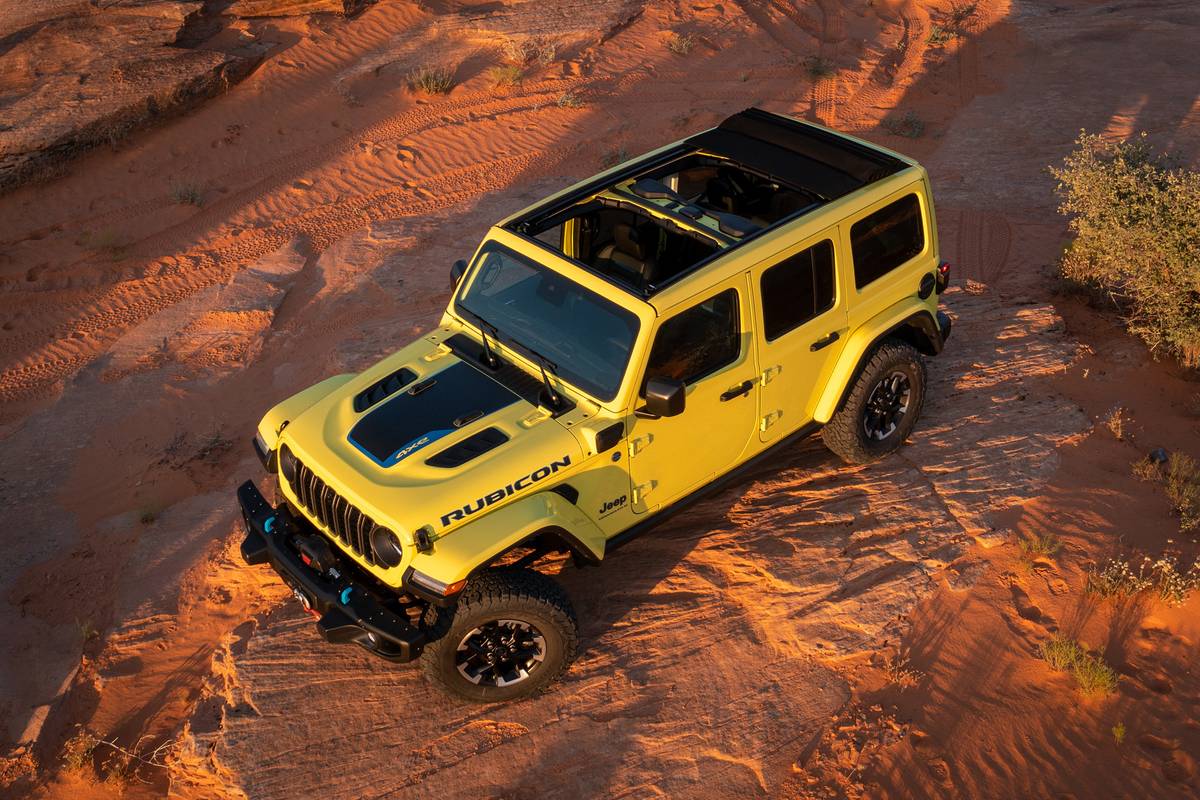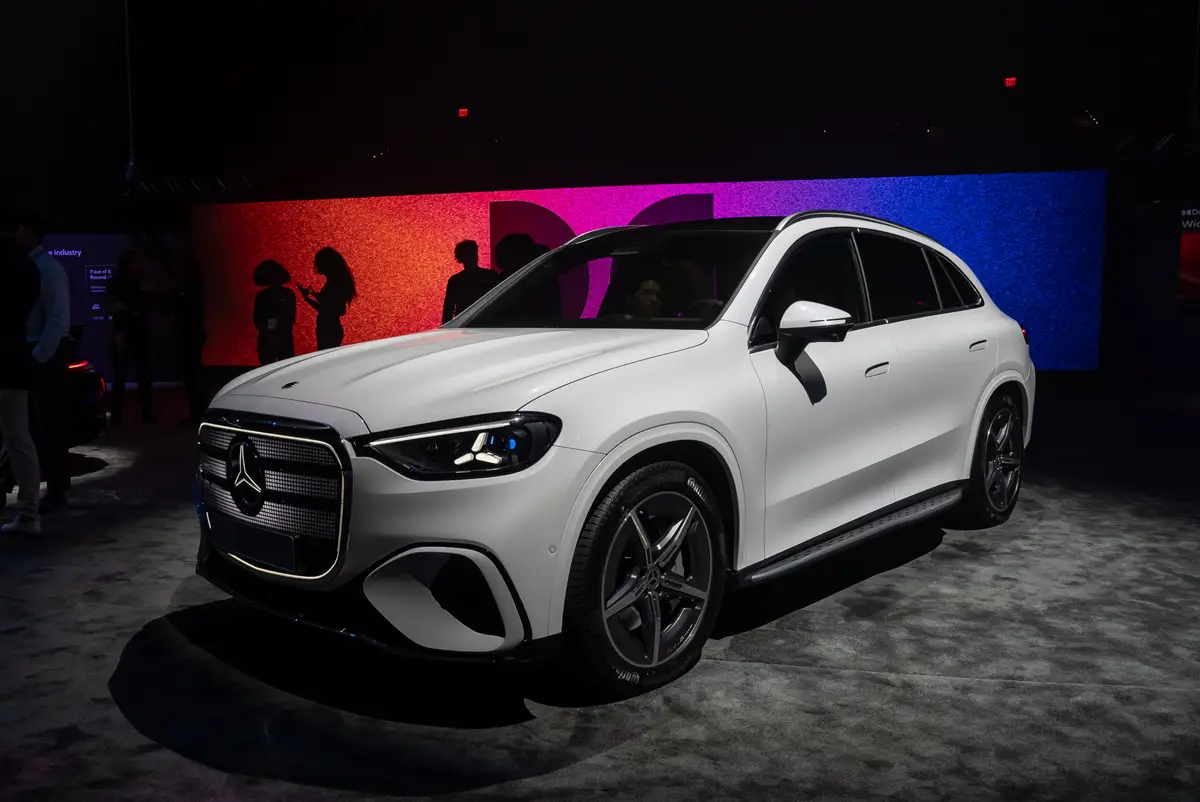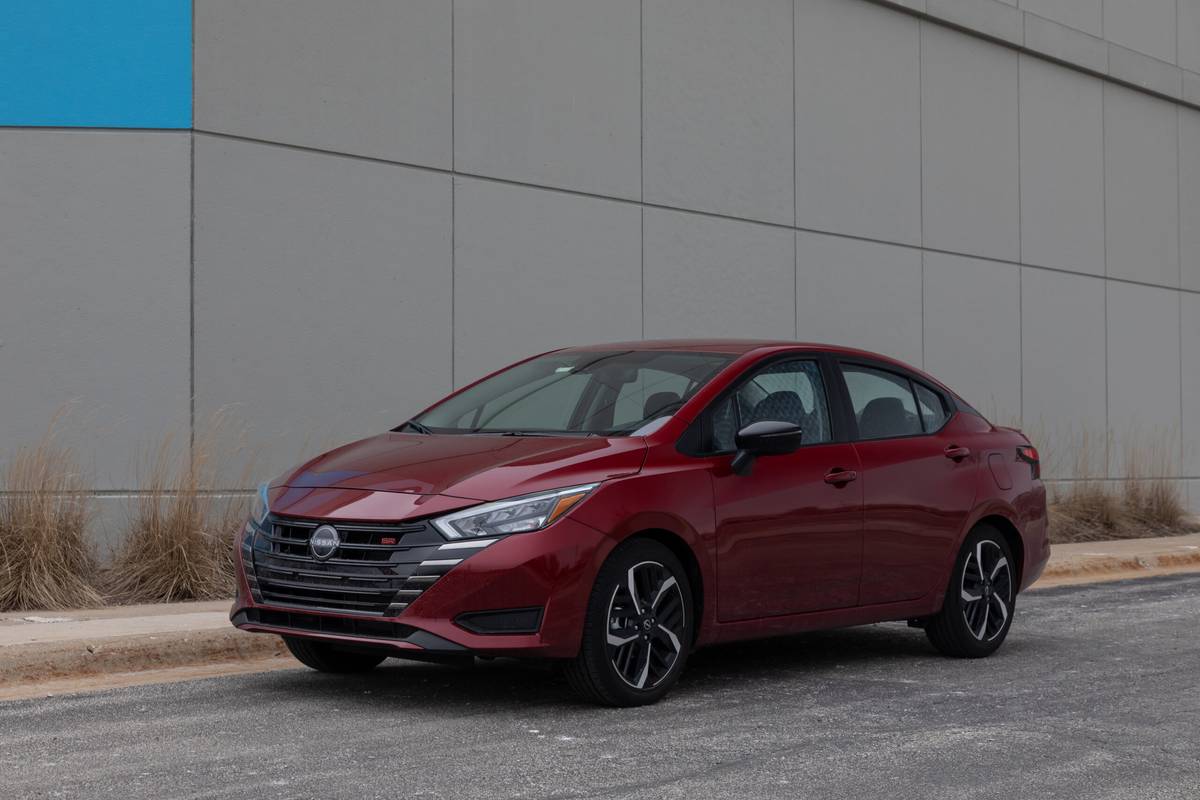KansasCity.com's view
Diesel engines, especially European ones, are poised to make a considerable resurgence in the marketplace. The 2007 Mercedes-Benz E320 Bluetec is a good example of why.
In years past, diesel engines were often criticized for being loud, sooty and crude. Those days are long gone. Today’s diesels are clean, quiet and about 20 percent to 40 percent more efficient than gasoline engines. They also emit less carbon monoxide and carbon dioxide than gasoline engines. Now, with Bluetec technology, nitrogen oxide is reduced with two additional catalytic converters. In the future, NOx will be reduced by the injection of AdBlue, a solution of water and urea.
Mercedes says the E320 Bluetec is the cleanest diesel in the world.
Bluetec is a term you’ll be hearing more and more, because Audi and Volkswagen have adopted the technology for their diesels as well.
The 3.0-liter Mercedes diesel is a V-6 with four valves per cylinder, dual overhead camshafts and piezo fuel injectors that spray fuel directly into the center of each cylinder. A variable-nozzle turbocharger adds power and a counter-rotating balance shaft reduces vibration. Because this engine produces 388 pound-feet of torque, it pushes the E320 to 60 miles per hour in 6.6 seconds. The acceleration feels stronger than that of a gasoline engine.
The engine uses a seven-speed automatic transmission.
Fuel economy is rated at 26 miles per gallon in the city and 37 on the highway. The highway mileage means the E320 can go up to 700 miles on a tank of fuel. I averaged 32 mpg in a week of predominantly highway driving.
Government regulations mandate that low-sulfur diesel fuel be offered after October of this year, and the availability of low-sulfur diesel is one reason there will be a substantial rise in the popularity of high-tech diesel engines.
Mercedes claims that its diesel is more fuel-efficient than a comparably sized hybrid vehicle. In a cross-country test, the German magazine Auto Bild compared an ML320 diesel and a Lexus RX400h hybrid. The ML used 11 percent less fuel.
Another advantage of a diesel engine is its ability to burn biodiesel, made from vegetable oils, and biomass-to-liquid diesel fuel. BTL fuel can be made from any biomass, including scrap wood.
The E320 has a distinct German personality. The ride is firm, the handling is tight, and the brakes are powerful.
The E-class line of sedans and wagons received a styling update for 2007. The front bumper and air dam have a more aggressive look, while the grille and headlights were changed some as well. The changes are subtle.
Inside, the cabin has a new steering wheel, revised layout for the climate control, a standard glass sunroof and a Harman/Kardon premium audio system. The station wagon now has a power tailgate.
The new instrument panel has three circular gauges with chrome trim rings. Vertical bar graphs for the fuel gauge and coolant temperature provide more accurate readings for these functions.
Lamps that encircle the front and rear overhead control panels provide six driver-selectable levels of diffuse interior lighting.
The test car’s cabin was warm and inviting, due in large measure to the woodgrain trim that was sprinkled across the dash, console and door panels. The seats are firm, and those in front, particularly, provide good support. They are 10-way adjustable.
Rear-seat legroom is adequate but not overly generous.
Mercedes’ Comand navigation and audio system, a $4,290 option, is complex and not the easiest to use.
Price
The base price of the test car was $51,550. Options included the navigation system with Sirius satellite radio, premium paint, electronic trunk closer, heated front seats, power rear window shade, hands-free communication system, keyless ignition, headlamp washers and bi-xenon headlights that turn with the steering wheel. The sticker price was $57,835.
Warranty
Four years or 50,000 miles.
Latest news



